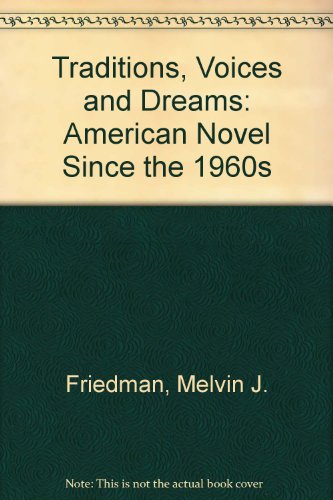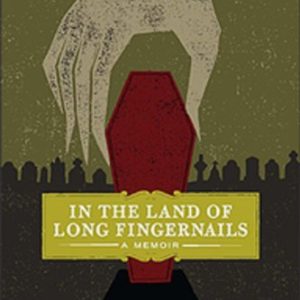Description
pp.335.dust jacket torn and worn.”Traditions, Voices, and Dreams offers the interested reader ample testimony that the American Novel is alive, well, and steadily breaking new ground. These collected essays also provide a new text for Contemporary American Novel classes. Teachers and students should find useful and stimulating a book that puts into perspective such contemporary masters as John Barth, Saul Bellow, E. L. Doctorow, Norman Mailer, Joyce Carol Oates, Flannery O’Connor, Cynthia Ozick, Walker Percy, Thomas Pynchon, Philip Roth, William Styron, John Updike, and Kurt Vonnegut and the strikingly sectarian John Kennedy Toole. Also discussed are such recent and important ethnic and women writers as Maya Angelou, Jamaica Kincaid, Maxine Hong Kingston, Marilyn Robinson, Elizabeth Dewberry Vaughan, and Alice Walker.
Wishing to be as inclusive and varied as possible, editors Melvin J. Friedman and Ben Siegel invited fourteen outstanding critic/scholars of contemporary American fiction to place in literary and cultural perspective their novelists and themes of choice. The resulting volume’s one true predecessor would be Joseph J. Waldmeir’s Recent American Fiction: Some Critical Views (1963), in which this volume’s two editors had essays, but even that notable compilation lacked the range of major, ethnic, or women writers and the variety of critical methods represented here.
Michael Gillespie, James West, Ben Siegel, Mark Krupnick, and Clayton Koelb, for example, discuss some of the ways American novelists have integrated into their fiction elements from the Southern, Jewish, and European cultural and literary traditions. Then James Mellard, Jerome Klinkowitz, Susan Brienza, Linda Wagner-Martin, and Suzette Henke analyze the differing “voices and languages” shaping the social and human “realities” depicted in the writings of some major American literary figures. Finally, James Nagel, Gloria Cronin, Elaine Safer, and Thomas Schaub confront the thematic “hopes, dreams, and desperation” central to a good deal of this country’s fiction today.
As the century draws to a close then, the allegedly vanishing American novel does not appear to lack creative or daringly experimental literary practitioners – as this volume abundantly shows.”previous owners name on FEP






